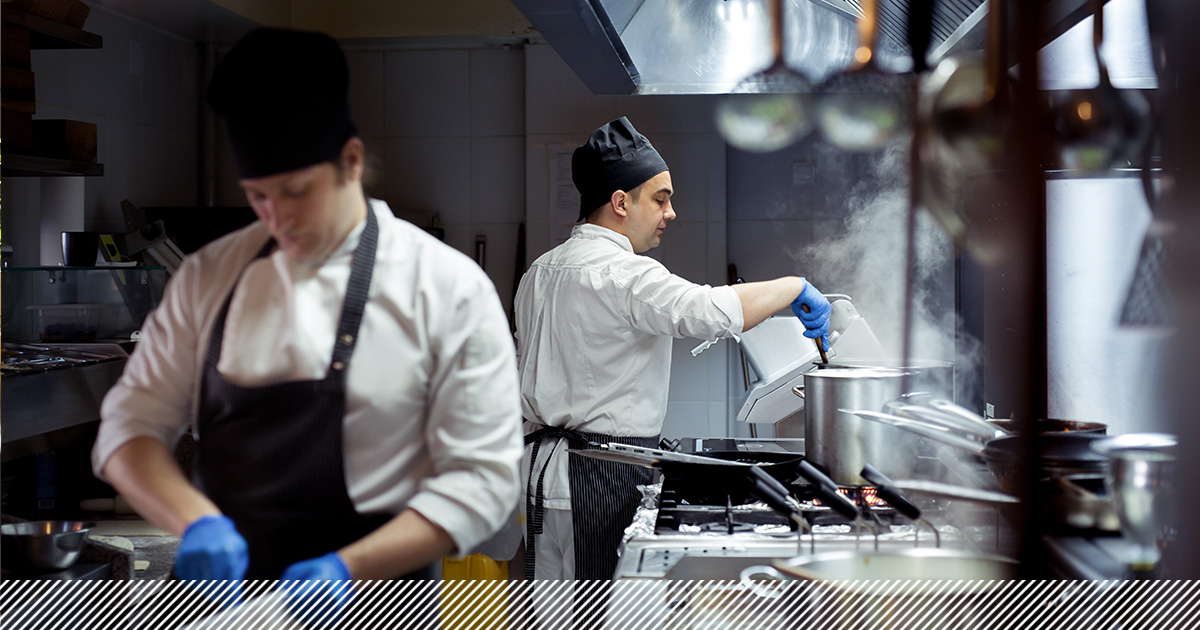Food Waste Intelligence

I’m Ben Murphy and I have recently joined Leanpath as a Customer Success manager and Food Waste Prevention Chef. (That's me on the left with Leanpath Executive Chef Robb White.) Having worked in various types of kitchens over a 14-year period, I have battled face on with the issue of food waste from weekend brunch to corporate catering to fine dining. I completed a Masters in Environmental Science with a focus on food sustainability in order to better understand the interconnected and multifaceted connection between mass food producti...
Read More >>Topics:
Tips & Tricks
Your kitchen is nearing the end of a busy service and it’s been a long day. Your culinary team is short staffed. Everybody is drained and looking forward to heading home. But there’s still food to be served, and breakdown and clean up still have to be done. There are many food waste critical control points within a kitchen: the end of service is one of the most important. What happens in this short span of time, when staff are often distracted, can have a large impact–positively or negatively–on your food waste prevention efforts. The...
Read More >>Topics:
Tips & Tricks
When COVID-19 took hold in 2020, one of the first dramatic changes in foodservice was the disappearance of buffets and salad bars. As the industry (and the world) continues to return to something more like a pre-pandemic normal, self-serve operations continue to come back online. Las Vegas, one of the buffet capitals of the world, continues its dining return; Disney Parks continues reopening buffet service; and one of the U.S.’s leading college trend setters, Penn State, just reintroduced self service. While this is positive news for ...
Read More >>Topics:
Tips & Tricks
The world is experiencing a massive labor shortage, the impact of which is falling particularly hard on foodservice. Chefs and managers are being forced to introduce new processes and procedures that allow the day-to-day functions of the kitchen to continue, but with much less labor than they had before. When chefs and managers choose a labor-saving tactic to fix one aspect of the operation, there may be pitfalls or unintended consequences, like an increase in food waste.
Read More >>Topics:
Tips & Tricks
In the foodservice industry, the use of plastic sometimes can’t be prevented. Much of the food we purchase and utilize in our operations come packaged in plastic and we use plastic in the operation to preserve the food we purchase and serve. But plastic waste is one of the fastest growing problems for the environment. It is estimated that by 2050, the weight of plastic in the ocean will surpass the weight of fish. With this in mind, it is important not only for individuals to reduce their plastic use, but for foodservice operations to...
Read More >>